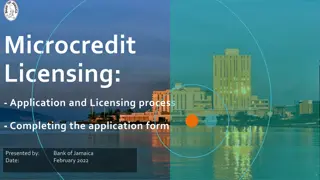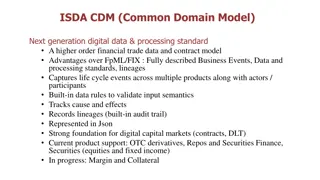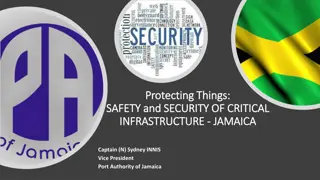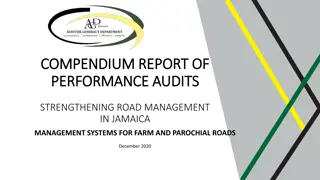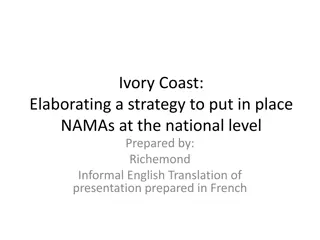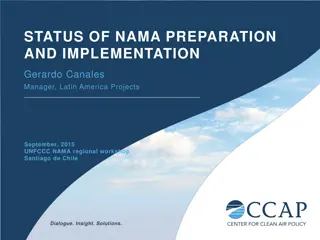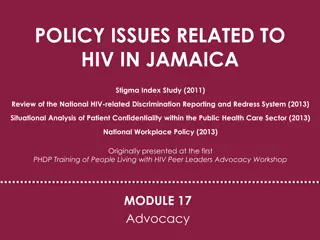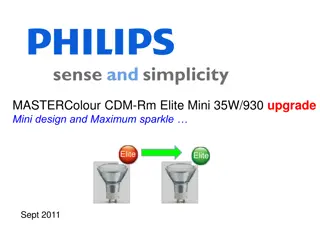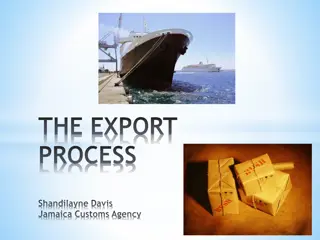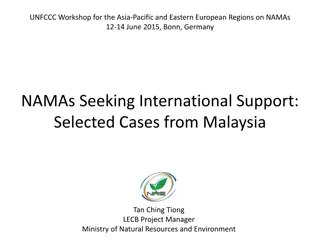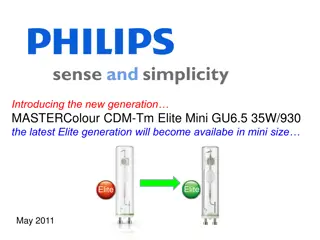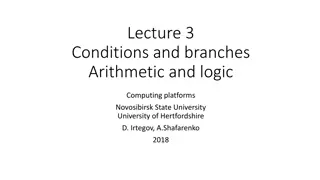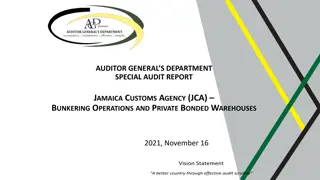Jamaica's CDM Experience and NAMA Prospects
Jamaica, a small island state highly vulnerable to climate change, explores Carbon Emissions Trading Policy with a focus on Clean Development Mechanism (CDM) opportunities but faces challenges such as high transaction costs and lack of local capacity. Despite setbacks, the country remains optimistic about the economic benefits of emission reduction projects.
Download Presentation

Please find below an Image/Link to download the presentation.
The content on the website is provided AS IS for your information and personal use only. It may not be sold, licensed, or shared on other websites without obtaining consent from the author.If you encounter any issues during the download, it is possible that the publisher has removed the file from their server.
You are allowed to download the files provided on this website for personal or commercial use, subject to the condition that they are used lawfully. All files are the property of their respective owners.
The content on the website is provided AS IS for your information and personal use only. It may not be sold, licensed, or shared on other websites without obtaining consent from the author.
E N D
Presentation Transcript
Jamaicas CDM Experience and NAMA Prospects Gerald Lindo Ministry of Water, Land, Environment and Climate Change (MWLECC) Jamaica
The Country Context: Small, Vulnerable, Lots of Potential Small island state High vulnerability to climate change Energy import dependent 91% of energy overall and 94% of electricity fossil fuel based (HFO, Diesel) Mitigation potential low, but mitigation options have excellent economics Heavily indebted, weak growth
Bullish on CDM The strong impression among policy makers that there were good financing opportunities in carbon credits Rush of project submissions between 2004-2008 Policies were built with CDM opportunities in mind Aug 2008- National Carbon Emissions Trading Policy Halt to new project registration Sep 2008 - Policy Task Force formed @ Ministry of Energy and Mining Draft Carbon Trading Policy prepared June 2009 Energy and sub-policies integrated CC considerations Gov t hired a CDM consultant who was made available to the private sector
until the carbon market bust! PoA for utility company designed but abandoned Over 20 project submissions led to only 2 projects following through both by Gov t entity Locked out of ETS, leading to uncertainty Draft Carbon Trading Policy in limbo
Wigton Wind Farm Two projects from 2 expansion phases Ref: 0239, 5522 Total reductions of 52540 and 40348 T CO2e / year ER purchase agreement with CAF ended 2012 Challenge: making verification of latest CERs worth the transaction costs Possibilities: Gold Standard; working through Bunge Emissions Holdings
The lessons: better C prices, capacity, lower transaction costs desired Emission reductions projects still have good returns, but benefits of CDM usually marginal to bottom line Transaction costs high Exacerbated by lack of local capacity (all steps of project cycle require importation of expertise) Lack of investor confidence in CDM still needs to be overcome Policy missteps? Good news: the fundamental economics and benefits of energy projects that reduce emissions have not changed
Marginal Abatement Cost Curve for Renewable Energy Generation in Jamaica (2015-2030) US$0 Waste to energy $/tCO2e -US$50 Solar -US$100 Bagasse Wind -US$150 Hydro -US$200 Thousands of tCO2e saved/year -US$250 0 100 200 300 400 500
1st NAMA(s) will be RE focused Draft NAMA prepared in collaboration with OLADE: Jamaica Renewable Energy Support Programme Pre-existing policy target: 20% of energy from RE by 2030 Analysis of vision, policies, action plans Barrier analysis Institutional assessment EMISSION REDUCTION ANALYSIS MRV Finalization by end of Q4, 2014
NAMAs = mitigation + development + adaptation = Resilience Jamaica has a unique opportunity, inasmuch as ANY energy sector reform will likely reduce energy costs while giving SD benefits! Lower costs Increased competitiveness which equals RESILIENCE! CDM s structure and methods brings a discipline and robustness to projects and programmes, which can help us get the help we need
How about a RAMA? To overcome capacity and scale issues, Jamaica is contemplating uniting with regional partners to create Regionally Appropriate Mitigation Actions Sharing expertise Larger programmes more attractive to investors, and have lower transaction costs (same rationale for PoAs)
Thank you! gerald.lindo@mwlecc.gov gerry.lindo@gmail.com @geraldlindo












